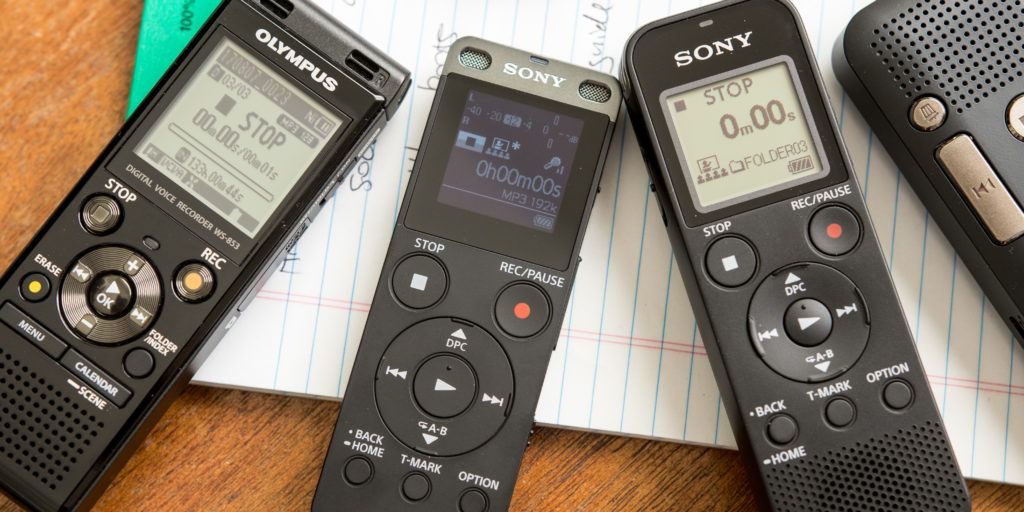
Two members of the DEPTH team, Cicely Marston (supervisor) and Shelly Makleff (PhD student) discuss how best to present quotations from interview transcripts when writing up. We talk about how to present ‘untidy’ speech (e.g. ‘um’, ‘er’, repetition), how much to ‘tidy up’ quotes, and the implications of any ‘tidy up’.
Shelly’s interviews and analysis have been done in Spanish and the quotes she presents in the final write up are translated into English. Here we present a lightly edited version of a supervisory email interchange we thought might be useful to others. And we would love to hear your views in the comments – we certainly don’t have all the answers.
To leave a comment, make sure you’ve clicked on this article’s headline so you are reading the post itself, not the DEPTH blog homepage.
SM: How do you clean up a transcribed quote to present it in an article? Every time I cut some words, even just filler words, should I mark these omissions with an omission marker (such as […])? Or do I have the liberty to just cut those fillers without a […], in order to create a clean and readable quote?
CM: In my opinion all cuts should be marked with an omission marker (e.g. […]). I have argued about this with a journal before because newspapers use ellipses to indicate omissions (rather than a specific omission marker that only indicates omissions). The issue is that when you do this, there is no obvious way to mark pauses in someone speaking so you would need to find another pause marker that won’t be confused with an omission marker. You could do this by writing [pause] every time, but this also makes quotes hard to read if there are a lot of pauses. When you are using translated quotations, it is less clear what to do because for instance, you might keep the translation ‘clean’ by not including every single one of the filler words (though I would recommend you keep them as much as possible where there is a direct translation (e.g. in Mexican Spanish, hesitation where people say ‘este…’ can be translated as ‘um…’ in English), or at least if there is no direct equivalent, make sure you keep the spirit of the original which might have involved hesitations).
For translations, where it is good practice to provide the original language version in an appendix, one way to get around this is to present the original language quotations with all the pause markers etc included, and then present ‘tidied up’ translations in the body of the article. If you do this, you should mention it in the methods section so the reader knows they can refer to the original language quotations. Note that ‘tidying up’ is particularly challenging when you are working in your non-dominant language, which is all the more reason to present the original language transcript excerpts verbatim.
SM: Ok, so sounds like you’d always use […] to signify every piece of cut text in the article. For a conference poster, do you think it’s ok to leave out the […] for filler words so it’s smoother to read?
CM: I would keep it precise i.e. show where you have edited – I assume you won’t cut all the ums and errs. I get quite suspicious when I see a perfect quote because very very few people speak in complete sentences with no hesitations. if you genuinely think the hesitations are unimportant in any given instance, then you *can* edit them, but make sure there is a note that you have done this somewhere on the poster, for transparency.
SM: If I’m adding clarifying info in [], do I do that instead of or as well as the words that are being replaced? In other words, would it be “So for them [the students]” or “So for [the students]”?
CM: I would go with the longer version so that it is clear what they actually said versus what is your interpretation/explanation.
SM: Can I add punctuation and make sentences to create more clarity, when the speech was transcribed as a long run-on sentence?
CM: Yes, definitely improve the punctuation – transcriptions are almost always badly punctuated, especially when the narrative includes reported speech, in which case transcribers often give up on attempting to punctuate it altogether – and to be fair it can take a while to get it right even if it is quite obvious without punctuation what the speaker has said. It is worth doing because it does make it much harder to read when transcripts not properly punctuated. If you are not sure how to punctuate the sentence from the transcript alone (e.g. it is unclear where the emphasis in the sentence was), you will need to go back to the original audio to ensure your ‘new’ punctuation correctly represents what was said.
SM: I wish there were guidelines for this! In a quick internet search, I didn’t find any, at least not that are clear per discipline. While looking for guidelines I did see an article about the diversity of perspectives among academics about how they edit qualitative quotes. One perspective in favour of editing out the filler words pointed out that if participants saw their own quote with all the filler words, they’d feel embarrassed, and it isn’t an expectation that everyone speaks perfectly but that as researchers we should present their ideas as clearly as possible in a way they’d feel comfortable with. And actually, in Mexico when we shared the transcribed quotes with the health educators, they felt embarrassed about it, joking that they needed diction classes. They even made a meme of their horrified reactions when they read their words on paper and heard how they talked (see below). For the presentation of the data, we hadn’t really cleaned up the quotes, it was mainly verbatim, but the idea still stands- the way we represented them didn’t make them sound eloquent, and that embarrassed them.
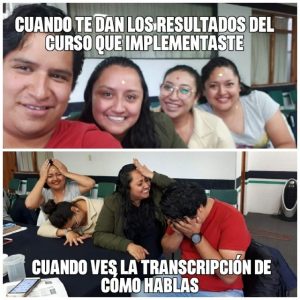
CM. I agree that if the quotes have names attached to them, the person might prefer a ‘cleaned’ version, but your quotes are anonymised and so from an individual perspective I don’t think that is too much of a concern.
Having said that, it’s true that original, not tidied-up quotations might contribute to a discourse of the ‘other’ being inarticulate. People who are looking for ways to find others inferior will likely find them regardless and so I’m not sure that compromising the integrity of the transcript will help (although I’m open to arguments to the contrary).
Overall, though, going along with the idea that there is a ‘better’ way to speak brings its own problems. Should we all speak in perfect sentences? Who determines what is ‘perfect’ or ‘best’? This is especially difficult if you are trying to ‘tidy up’ sentences that were spoken in another language than our dominant language. As researchers we should commit to transparency. Interviewers who worry about their sentences should probably listen back to the interviews – they will hear that it sounds very normal, even if they hesitate, repeat words, use filler words, reframe questions and so on. It’s important to build rapport – if you don’t naturally speak in 100% full sentences in real life, why would you do so in an interview? Being inauthentic, or struggling to present a more perfect self, may well have a negative impact on the interview overall.
What do you think? How have you handled these issues? Let us know in the comment section below. If you can’t see where, click on this article headline and scroll to the bottom.



 Trying to better understand the relationship between sex an
Trying to better understand the relationship between sex an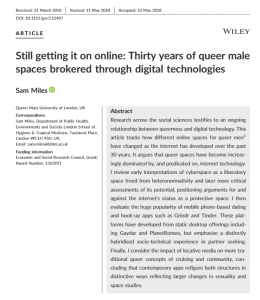
 Beyond MSM populations specifically, this idea of technology redefining community, whether for better or worse (or indeed both!) is crucial to how we understand how technology mediates human behaviour. In a public health context, technology needs to be harnessed in ways which are alert to local conditions, whether that is in terms of unequal access to technology, or an affinity (or restriction) to certain kinds of communication device. At the same time, the widespread adoption of mobile phone technology – 5 billion people
Beyond MSM populations specifically, this idea of technology redefining community, whether for better or worse (or indeed both!) is crucial to how we understand how technology mediates human behaviour. In a public health context, technology needs to be harnessed in ways which are alert to local conditions, whether that is in terms of unequal access to technology, or an affinity (or restriction) to certain kinds of communication device. At the same time, the widespread adoption of mobile phone technology – 5 billion people 

 The panel plenary, with a focus on inequalities, was fascinating. The keynote papers from Professor
The panel plenary, with a focus on inequalities, was fascinating. The keynote papers from Professor 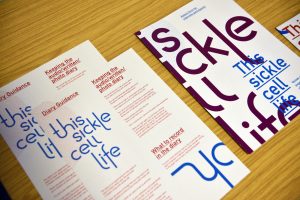
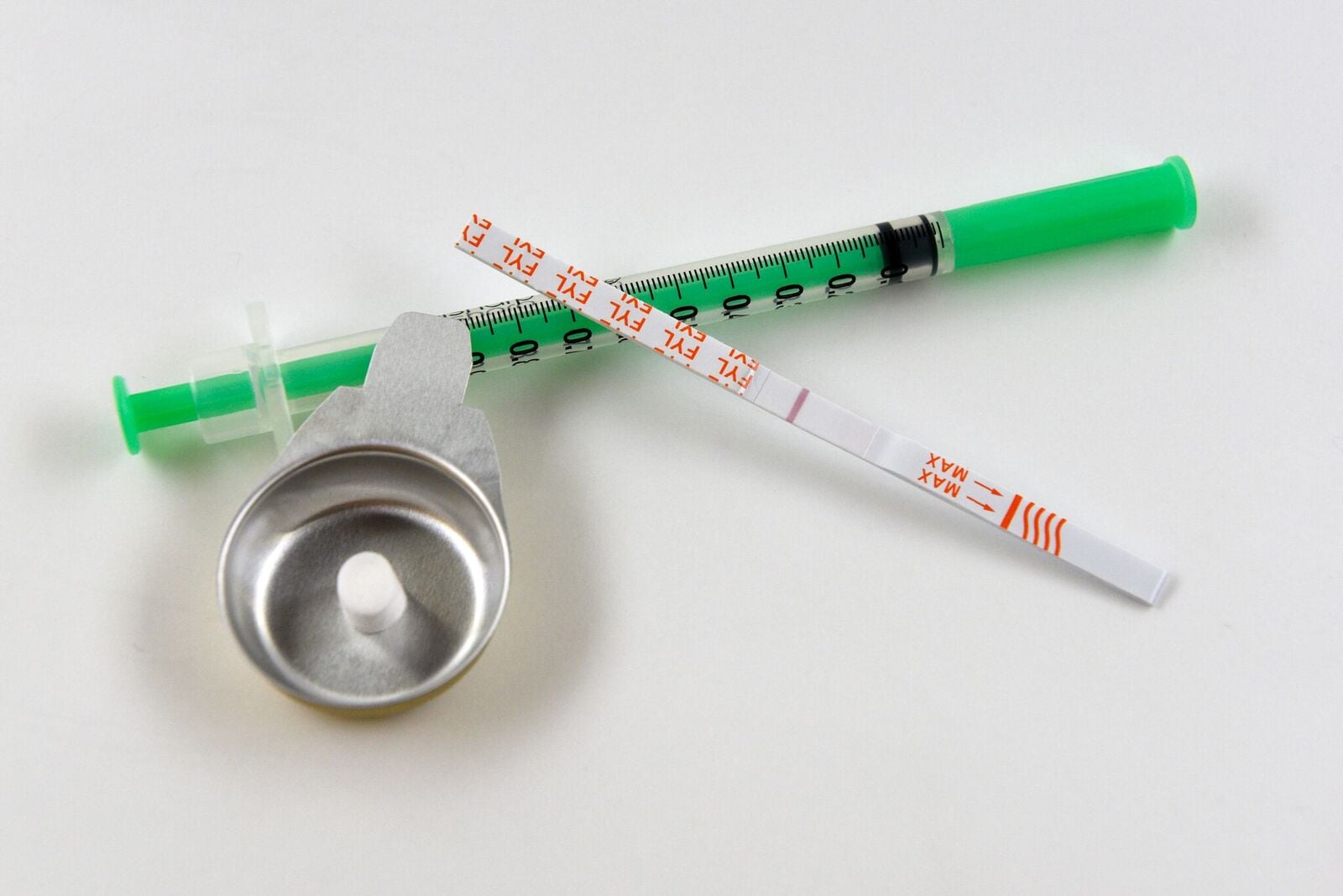
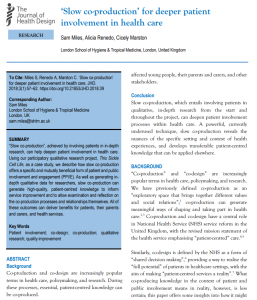
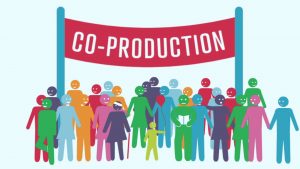
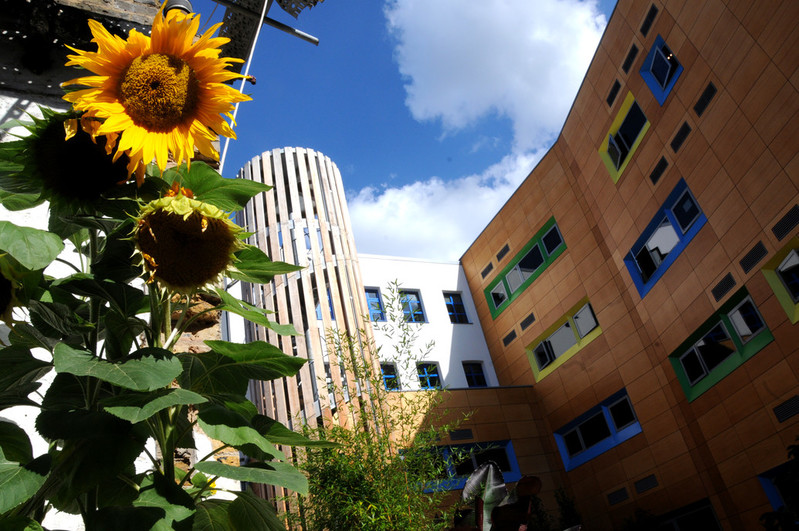

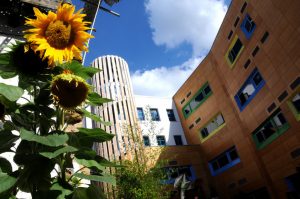

 Hello re
Hello re